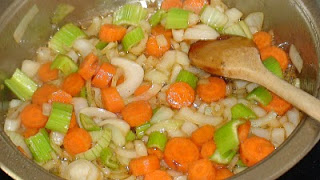
For baby boy's 1st birthday I thought it brave and wise to make his cake all by myself. In the past I have ordered cake from professionals usually with a picture on top that I had, at least, put together myself.
I have a problem with my oven, where everything that gets baked, comes out with a dome on top. And quite flat on the sides. I baked 4 x cakes using medium sized loaf tins. I used 2 x box cake for this. The "dome tops" all were cut off to make it flat for decorating. The 'cockpit' of the engine was two x thirds of one of the cakes put on top of each other.
Some tips:
* Apparently chocolate cake lasts longer than vanilla so I used that.
* Do not bake the cake and try to assemble on the same day. You will have to do a lot more plastering from broken cake parts (too soft). So: Bake on Thursday. Assemble on Friday (evening). Eat on Saturday.
* Try to avoid wanting to ice anything red. Unless you get the stuff that professionals use. I used the normal 'Red' food colouring and it stayed pink. This didn't quite call out "boy" in my mind. So I kept adding and adding and eventually I got it to a dark, dark pink but by then there was so much colouring in the butter icing it wouldn't mix in but was sort of seperating. I had also by then emptied the 3/4 bottle I had. Needless to say I thought "what the heck" and started to put it on as is. I had at least tested the taste and it was fine.
* To avoid getting cake crumbs in your butter icing when you spread it over, put bucket-loads on top first. Then start to spread it out. And you can not use too much either. Not as if someone's going to complain of too much butter icing. At least not in our family.
Well, the family enjoyed it. That's what counts. Baby boy would hopefully look at the photos one day and think, "Boy, that was a cool cake".














